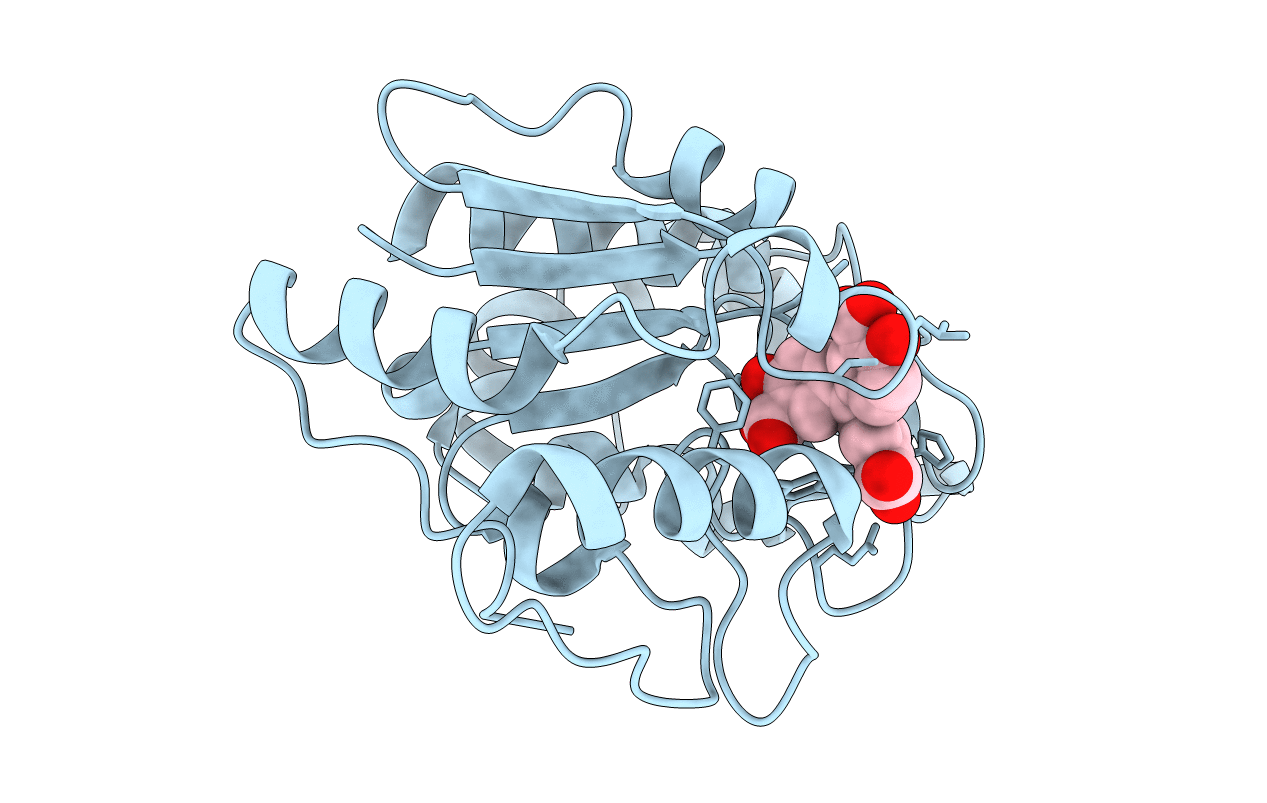
Deposition Date
2019-12-18
Release Date
2021-03-03
Last Version Date
2023-10-11
Entry Detail
PDB ID:
6VBA
Keywords:
Title:
Structure of human Uracil DNA Glycosylase (UDG) bound to Aurintricarboxylic acid (ATA)
Biological Source:
Source Organism:
Homo sapiens (Taxon ID: 9606)
Host Organism:
Method Details:
Experimental Method:
Resolution:
1.80 Å
R-Value Free:
0.23
R-Value Work:
0.17
R-Value Observed:
0.18
Space Group:
P 21 21 2


